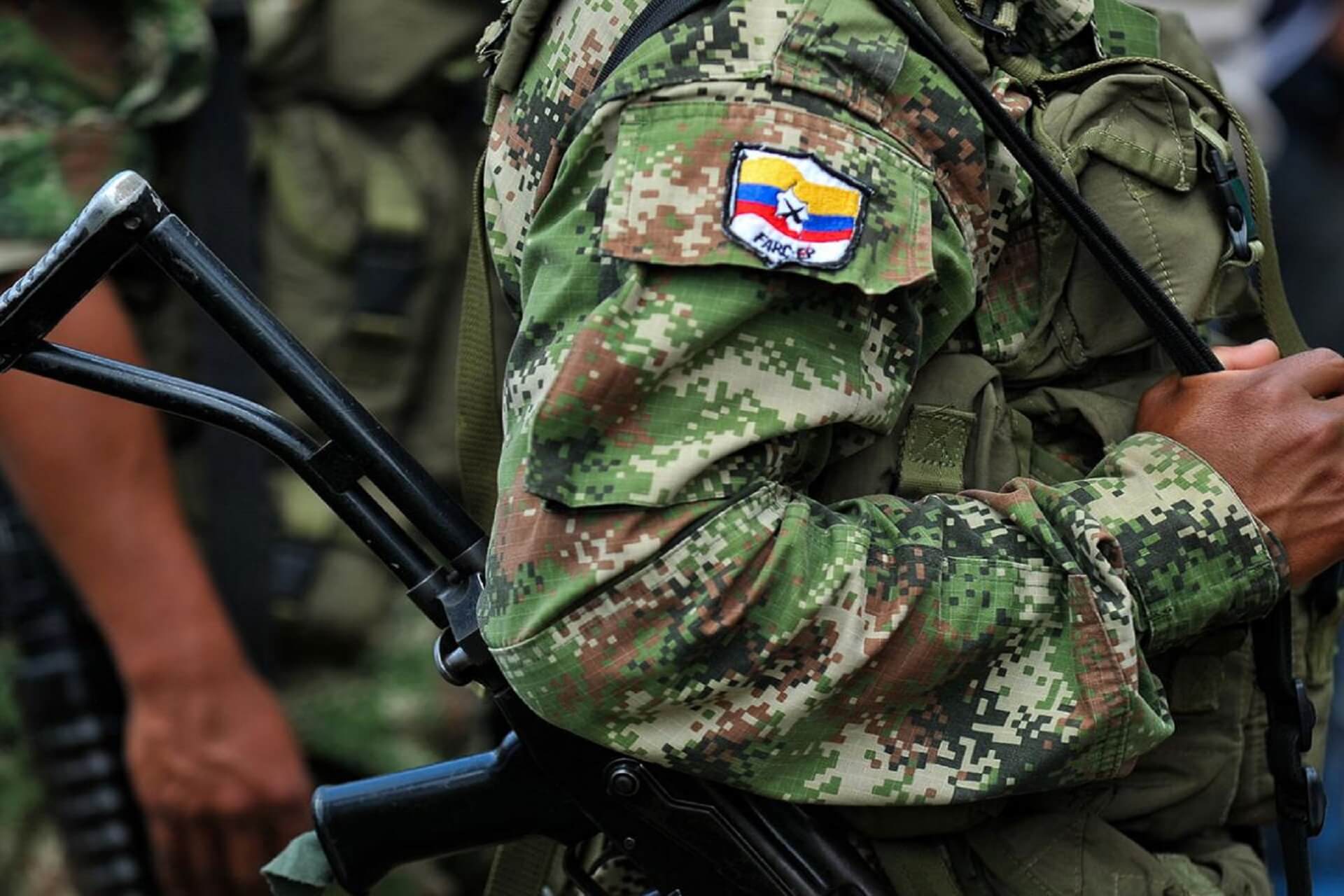In an increasingly globalized world, travel has become a routine aspect of both business and leisure. However, with the rise of travel comes an equally significant increase in travel-related risks. From petty theft to political unrest, travelers—particularly in regions such as Latin America—face a myriad of security threats. This is where the integration of travel risk management and close protection services becomes crucial, offering a comprehensive approach to safeguarding individuals.
Travel risk management is a proactive approach designed to identify, assess, and mitigate potential risks that travelers may encounter. It encompasses a range of strategies, including pre-travel risk assessments, real-time monitoring, and crisis response plans. By understanding the specific threats associated with a destination, companies and individuals can prepare accordingly, minimizing the impact of any security incidents.
In regions like Latin America, where the security landscape can be complex, travel risk management is particularly vital. Whether it’s navigating areas with high crime rates or avoiding regions with political instability, a well-crafted risk management plan is essential for ensuring safe travel.
Close protection, often referred to as executive protection, involves the deployment of highly trained security personnel to safeguard individuals from physical threats. This service is typically reserved for high-profile or high-risk individuals, such as corporate executives, celebrities, or diplomats. In the context of travel security, close protection offers an added layer of safety, especially in environments where the risk of targeted attacks or kidnapping is elevated.
Close protection operatives are skilled in threat assessment, evasive driving, and emergency response, making them invaluable assets for those traveling in high-risk areas. Their presence not only deters potential threats but also ensures that immediate action can be taken in the event of an incident.
For optimal safety during travel, it’s essential to integrate travel risk management with close protection services. This combination offers a comprehensive security solution that addresses both the general and specific threats a traveler may face.
Pre-Travel Planning: Before embarking on a trip, risk management teams conduct thorough assessments of the destination, identifying potential security threats. This information is then used to tailor close protection services to the specific risks identified.
On-the-Ground Security: During travel, close protection teams work closely with risk management professionals to ensure that security protocols are adhered to. This includes real-time monitoring of threats, secure transportation arrangements, and the presence of protection personnel to respond to any immediate dangers.
Crisis Response: In the event of an emergency, the integrated approach allows for a swift and coordinated response. Close protection operatives are trained to handle various scenarios, from medical emergencies to evacuations, ensuring that the traveler remains safe at all times.
Case Study: Security in Latin America
Latin America presents a unique set of challenges for travelers, with some areas known for high crime rates, political instability, and even organized crime. For example, in countries like Brazil, Mexico, and Colombia, travelers are often advised to take extra precautions due to the elevated risk of crime.
By integrating travel risk management with close protection services, companies and individuals can navigate these challenges more effectively. For instance, a thorough risk assessment might reveal areas to avoid, while close protection operatives can provide secure transportation and personal safety measures in higher-risk zones. This integrated approach not only reduces the risk of incidents but also enhances the overall safety and peace of mind for the traveler.
Conclusion
In today’s complex global environment, the need for robust travel security solutions has never been greater. By combining travel risk management with close protection services, travelers—especially in high-risk regions like Latin America—can ensure a higher level of safety and security. This integrated approach addresses both the broad spectrum of potential threats and the specific dangers that high-profile individuals may face, making it the gold standard in travel security.
For those who prioritize safety, investing in this comprehensive security strategy is not just advisable—it’s essential.


4300 Biscayne Blvd Suite 203
Miami, Florida 33137
info@proriskg.com
+1 (786) 772 47 17
+57 320 862 97 60